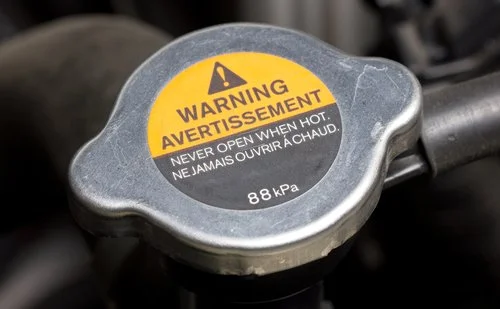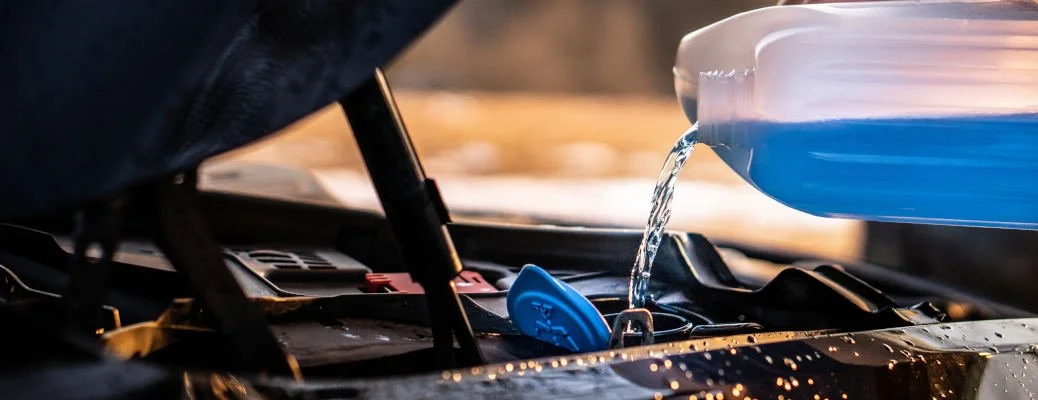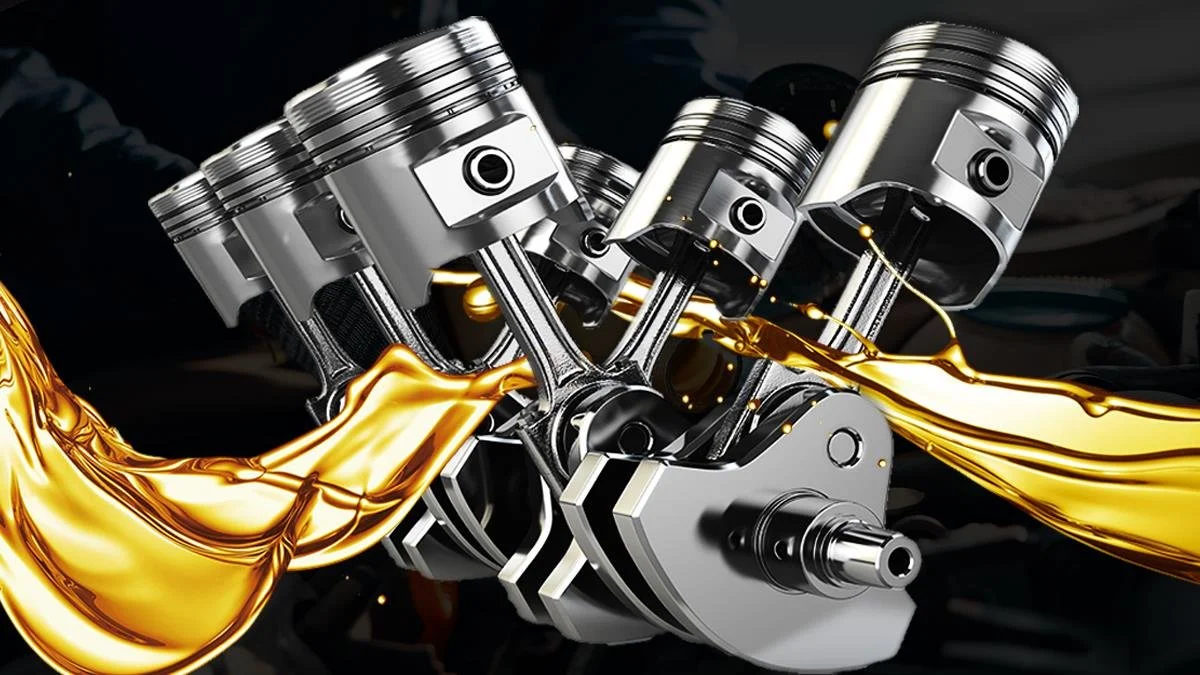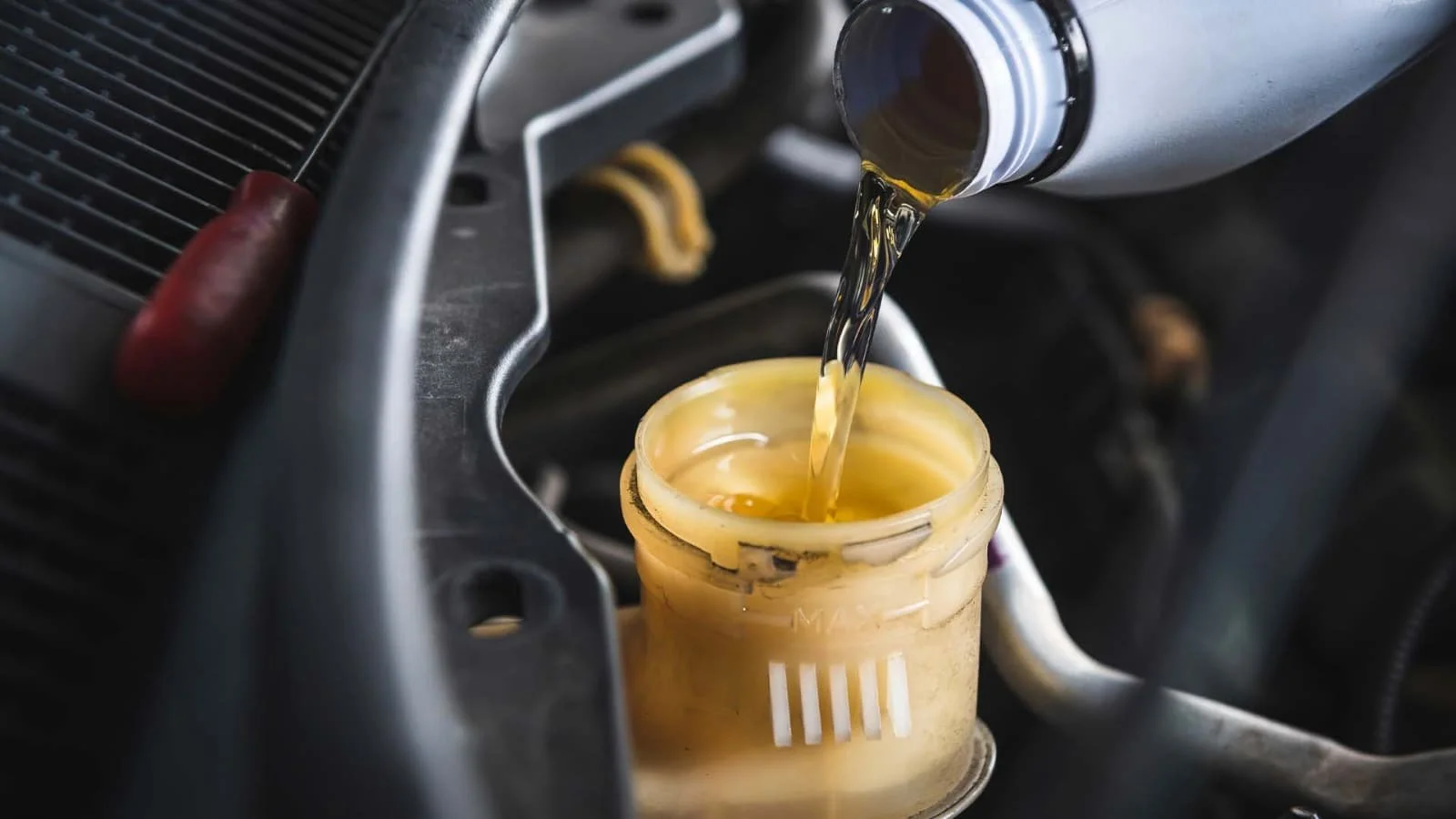🍂 Fall Fluids Check: What to Top Off Before Temperatures Drop🌡️
As the crisp air of fall sets in, it’s time to do more than just swap out your wardrobe. Your vehicle needs a seasonal refresh too! Cold temperatures can have a major impact on your car’s fluids — the lifeblood that keeps everything running smoothly. Making sure each one is topped off and in good condition before the temperatures drop can save you from costly repairs (and a whole lot of headaches) later.
Let’s take a look at the essential fluids to check this fall and why each one matters.
1. Coolant: Keep Your Engine from Freezing or Overheating
Coolant — also known as antifreeze — does double duty: it prevents your engine from overheating in the summer and from freezing in the winter. Over time, coolant can break down or become contaminated, reducing its ability to regulate temperature.
What to do:
Check your coolant reservoir (usually a translucent plastic tank near the radiator).
If the level is low, top it off with the proper mix of antifreeze and water — typically 50/50, but check your owner’s manual.
If the fluid looks rusty, brown, or sludgy, it’s time for a full coolant flush.
⚠️ Pro tip: Don’t open the radiator cap while the engine is hot — the system is pressurized and can cause burns.
2. Windshield Wiper Fluid: See Clearly, Drive Safely
Fall weather brings rain, early morning frost, and the occasional bug splatter that never quite went away from summer road trips. The last thing you want is to run out of wiper fluid when your windshield is coated with grime.
What to do:
Use a wiper fluid rated for low temperatures — it won’t freeze on your windshield in those chilly early mornings.
Check the reservoir under the hood and top off as needed.
Take this opportunity to inspect your wiper blades, too — if they’re streaking or skipping, it’s time for a new set.
Pro tip: Add a winter-specific washer fluid with antifreeze properties to help melt light frost and keep your vision clear.
3. Engine Oil: Lubrication That Adapts to the Cold
Oil thickens in colder weather, which can make it harder for your engine to turn over and get properly lubricated. Using the right oil for the season helps your engine start smoothly and reduces wear on critical parts.
What to do:
Check your oil level and color. If it’s dark or dirty, schedule an oil change.
Your mechanic may recommend a different oil viscosity for the colder months — one that flows better at lower temperatures.
Don’t forget to replace the oil filter when changing the oil; it ensures contaminants don’t circulate through your engine.
Pro tip: Regular oil changes are one of the easiest — and cheapest — ways to extend your vehicle’s life.
4. Brake Fluid: The Unsung Hero of Safety
When you press the brake pedal, brake fluid transfers that pressure into stopping power. But brake fluid can absorb moisture over time, which lowers its boiling point and reduces braking efficiency — especially in cold or wet conditions.
What to do:
Check your brake fluid level and color; it should be clear to light amber.
If it’s dark or cloudy, that’s a sign of moisture contamination — time for a flush.
Never “top off” brake fluid without addressing why it’s low — a leak could indicate worn brake pads or another issue.
Pro tip: Have your brakes and fluid inspected at least once a year, preferably before winter.
Keep Your Car Ready for Fall Roads
A little maintenance now can make all the difference once temperatures drop. From early frosty mornings to slippery autumn leaves, your car faces new challenges this season — and staying ahead on fluid checks keeps you safer and your vehicle running stronger.
If you’re not comfortable checking these fluids yourself, no problem — that’s what we’re here for! Schedule a fall maintenance check at Chris’ Auto Repair and we’ll make sure your car is ready for whatever the season brings.






